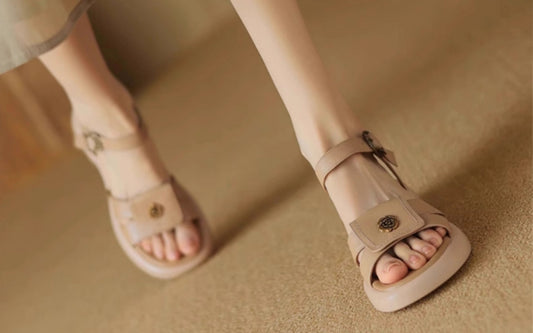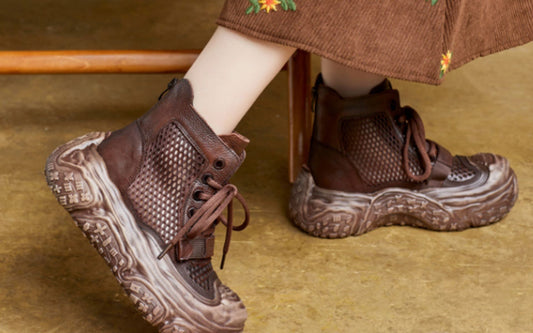Choosing the right running shoe is more than just picking a stylish pair—it’s about understanding the science behind how shoes affect your performance and health. Here’s what you need to know:
Understanding Foot Mechanics
Your feet are complex structures with 26 bones, 33 joints, and over 100 muscles, tendons, and ligaments. The way your foot strikes the ground (pronation) plays a crucial role in selecting the right shoe.
-
Overpronation: Your foot rolls inward excessively. Look for stability or motion-control shoes.
-
Underpronation (Supination): Your foot rolls outward. Cushioned shoes with flexibility are ideal.
-
Neutral Pronation: Your foot rolls slightly inward. Most running shoes will work, but neutral-cushioned shoes are best.
Key Features of Running Shoes
-
Cushioning: Absorbs impact and reduces stress on joints.
-
Support: Provides arch support and prevents overpronation.
-
Breathability: Mesh uppers keep your feet cool and dry.
-
Traction: Rubber outsoles with grooves or lugs improve grip on different surfaces.
When to Replace Your Shoes
Running shoes lose their cushioning and support over time. Experts recommend replacing them every 300-500 miles or when you notice signs of wear, such as uneven soles or discomfort.
Investing in the right running shoe can enhance your performance, prevent injuries, and make your runs more enjoyable.



